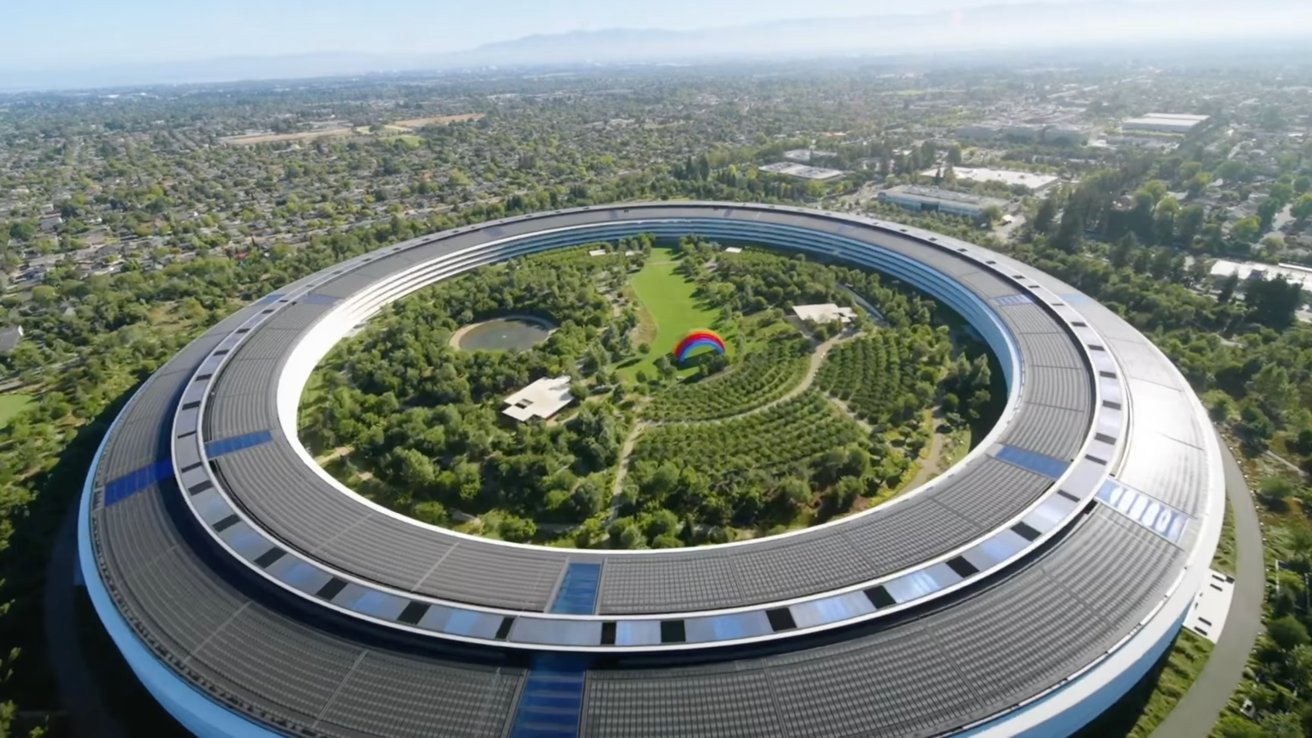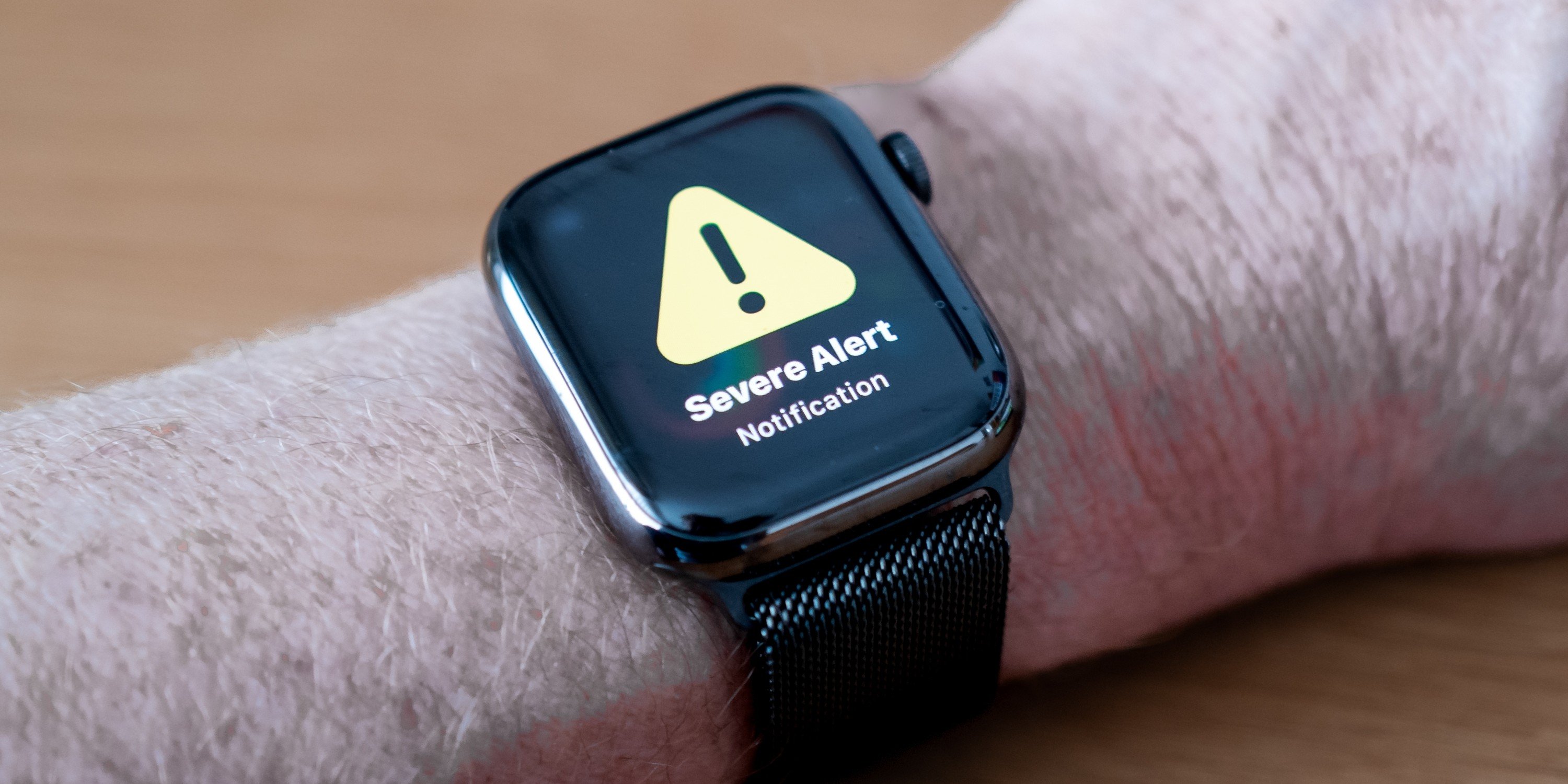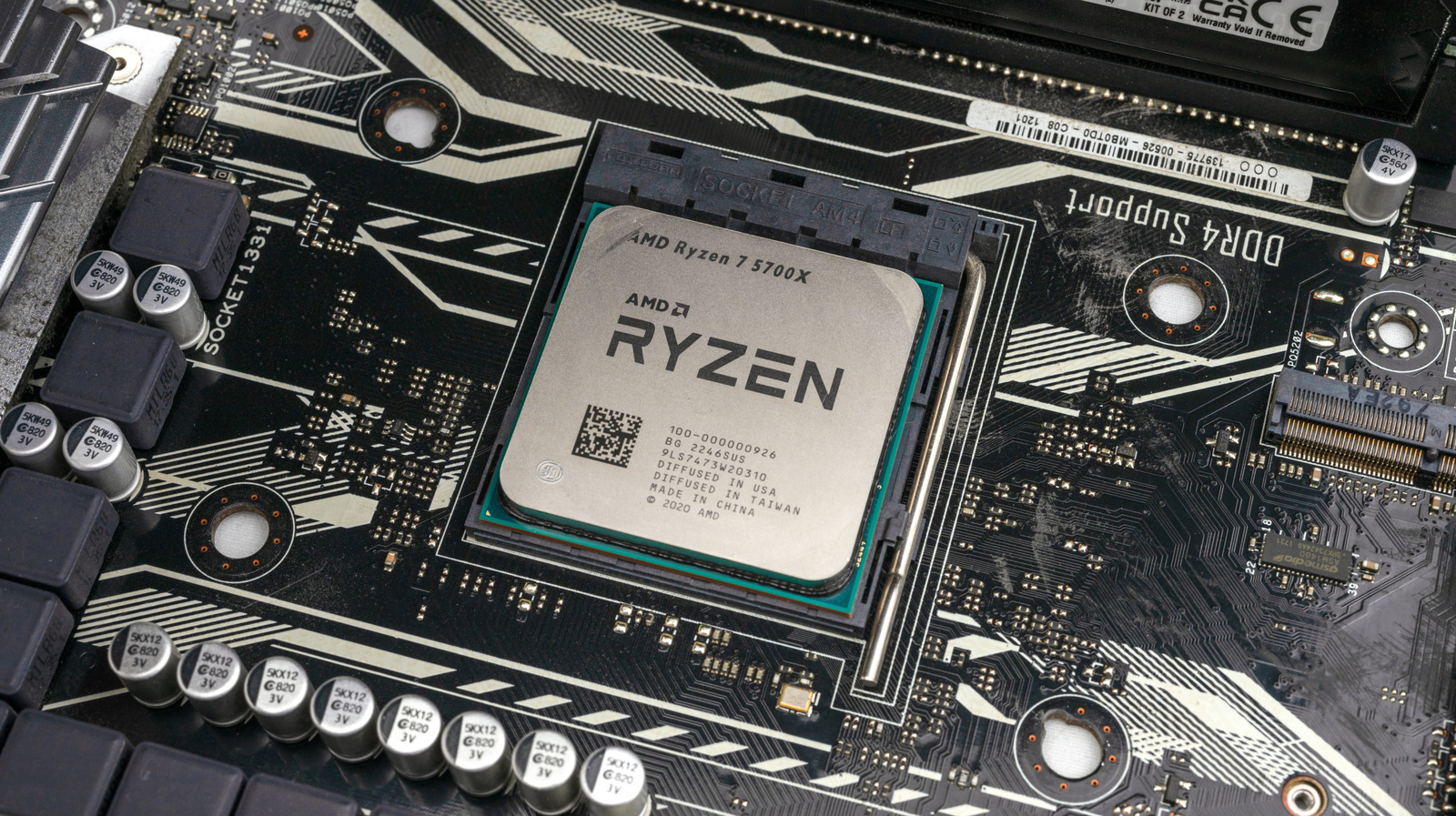Automakers sue to block Biden’s ‘flawed’ automatic emergency braking rule
Photo by Gary Hershorn/Getty Images A new rule requiring all vehicles to have automatic emergency braking is “flawed” and should be repealed, a new lawsuit filed by the auto industry’s main lobbying group says. The suit was filed in US Court of Appeals for the D.C. Circuit by the Alliance of Automotive Innovation, which represents most of the major automakers, including Ford, General Motors, Stellantis, Hyundai, Volkswagen, and Toyota. The group is asking the court to overturn the new rule, which was finalized last year, requiring all vehicles to have automatic emergency braking (AEB) by 2029. Under the rule, all vehicles will be required to be able to “stop and avoid contact” with other vehicles at speeds of up to 62mph. In addition, AEB systems must apply the brakes automatically “up to 90 mph when a collision with a lead vehicle is imminent, and up to 45 mph when a pedestrian is detected.” Vehicles must also be able to detect pedestrians in both daylight and darkness. The National Highway Traffic Safety Administration (NHTSA) says the new rule will help prevent hundreds of deaths and tens of thousands of injuries every year. But after the rule was finalized, the alliance petitioned NHTSA to “reconsider” it, arguing that current technology was insufficient to meet the high standards outlined by the regulation. The group also claimed that its suggestions were rejected during the rulemaking process, and urged NHTSA to reconsider several key provisions in order to make it more achievable by the target date. But NHTSA denied the group’s petition, stating that the requirements were “practicable” and that the overall aim is to “force” the industry to adopt new technology in order to meet the goals of saving lives and preventing injuries. “NHTSA acknowledged that the final rule is technology-forcing” “NHTSA acknowledged that the final rule is technology-forcing,” the agency said in its response, “but emphasized that the standard is practicable and no single current vehicle must meet every requirement for an FMVSS to be considered practicable under the Safety Act.” The auto alliance says that it has spent “more than a billion dollars” developing AEB over the years, but doesn’t want this lawsuit to be interpreted as an opposition to its own technology. “This litigation by Alliance for Automotive Innovation should not be interpreted as opposition to AEB, a lack of confidence in the technology, or an objection to AEB’s widest possible deployment across the U.S. vehicle fleet,” the group says in a press release. “Rather, this litigation is about ensuring a rule that maximizes driver and pedestrian safety and is technologically feasible.” But safety advocates aren’t buying it. “The AEB Rule is the most impactful regulation for roadway safety issued in years,” said Cathy Chase, president of Advocates for Highway and Auto Safety, in a statement. “Considering that automaking is America’s largest manufacturing sector, employs 10 million Americans, generates five percent of the U.S. GDP and drives $1 trillion into the economy annually, it is remarkable that it would be unable to meet the requirements in the AEB Rule by September 2029.”
/cdn.vox-cdn.com/uploads/chorus_asset/file/25835581/2193954673.jpg)

A new rule requiring all vehicles to have automatic emergency braking is “flawed” and should be repealed, a new lawsuit filed by the auto industry’s main lobbying group says.
The suit was filed in US Court of Appeals for the D.C. Circuit by the Alliance of Automotive Innovation, which represents most of the major automakers, including Ford, General Motors, Stellantis, Hyundai, Volkswagen, and Toyota. The group is asking the court to overturn the new rule, which was finalized last year, requiring all vehicles to have automatic emergency braking (AEB) by 2029.
Under the rule, all vehicles will be required to be able to “stop and avoid contact” with other vehicles at speeds of up to 62mph. In addition, AEB systems must apply the brakes automatically “up to 90 mph when a collision with a lead vehicle is imminent, and up to 45 mph when a pedestrian is detected.” Vehicles must also be able to detect pedestrians in both daylight and darkness. The National Highway Traffic Safety Administration (NHTSA) says the new rule will help prevent hundreds of deaths and tens of thousands of injuries every year.
But after the rule was finalized, the alliance petitioned NHTSA to “reconsider” it, arguing that current technology was insufficient to meet the high standards outlined by the regulation. The group also claimed that its suggestions were rejected during the rulemaking process, and urged NHTSA to reconsider several key provisions in order to make it more achievable by the target date.
But NHTSA denied the group’s petition, stating that the requirements were “practicable” and that the overall aim is to “force” the industry to adopt new technology in order to meet the goals of saving lives and preventing injuries.
“NHTSA acknowledged that the final rule is technology-forcing,” the agency said in its response, “but emphasized that the standard is practicable and no single current vehicle must meet every requirement for an FMVSS to be considered practicable under the Safety Act.”
The auto alliance says that it has spent “more than a billion dollars” developing AEB over the years, but doesn’t want this lawsuit to be interpreted as an opposition to its own technology.
“This litigation by Alliance for Automotive Innovation should not be interpreted as opposition to AEB, a lack of confidence in the technology, or an objection to AEB’s widest possible deployment across the U.S. vehicle fleet,” the group says in a press release. “Rather, this litigation is about ensuring a rule that maximizes driver and pedestrian safety and is technologically feasible.”
But safety advocates aren’t buying it.
“The AEB Rule is the most impactful regulation for roadway safety issued in years,” said Cathy Chase, president of Advocates for Highway and Auto Safety, in a statement. “Considering that automaking is America’s largest manufacturing sector, employs 10 million Americans, generates five percent of the U.S. GDP and drives $1 trillion into the economy annually, it is remarkable that it would be unable to meet the requirements in the AEB Rule by September 2029.”
What's Your Reaction?








































